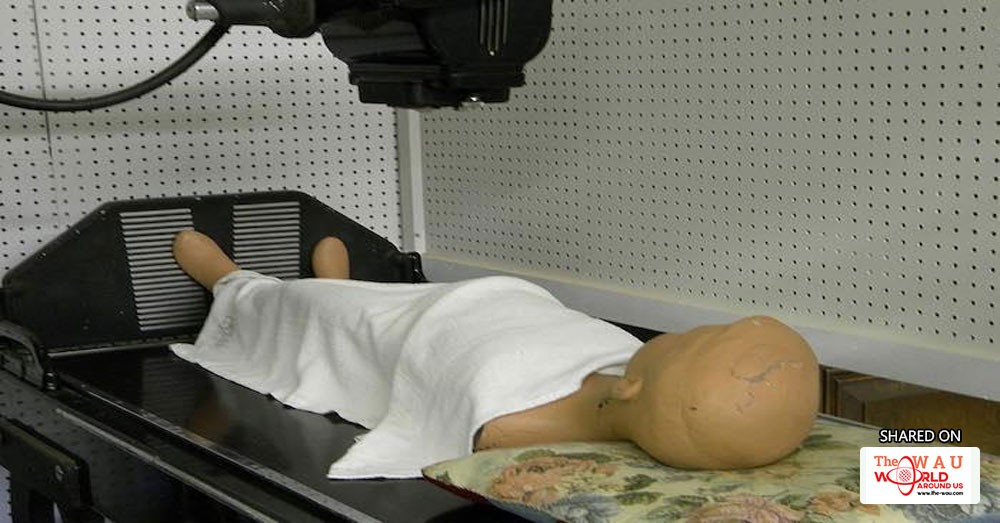Do you ever worry that your child is being exposed to too much ionizing radiation at the hospital during his or her x-ray? Here’s a recent Consumer Update from the FDA about what you need to know about protecting your child from too much x-ray exposure.
According to the FDA, because of the potential harm from ionizing radiation, x-rays need to be carefully and judiciously used on pediatric patients.
The fact is that because of their small frames, pediatric patients generally require less radiation than adults to obtain a quality image from an X-ray exam, and so the FDA recommendation to doctors is that they must take extra care to “child size” the radiation dose and ensure that the benefit of having an x-ray outweighs the risks.
The Risks of X-Rays
So, what are the risks ionizing energy can have on a young body? An increased risk of developing cancer sometime in their life due to their DNA becoming damaged by the x-rays is the primary concern with x-ray exposure. However, there are other risks as well such as:
• Cataracts, skin reddening, and hair loss, which occur at relatively high levels of radiation exposure and are rare for many types of imaging exams. For example, the typical use of a CT scanner or conventional radiography equipment should not result in tissue effects, but the dose to the skin from some long, complex interventional fluoroscopy procedures might, in some circumstances, be high enough to result in such effects.
• An adverse reaction associated to an intravenously injected contrast agent, or “dye”, that is sometimes used to improve visualization.
In spite of these risks, x-rays are also life-savers and should never be withheld in cases where an x-ray exam could provide important health care information that may aid in the diagnosis or treatment of a serious and/or life-threatening illness. However, physicians should also consider whether another type of imaging exam that does not expose the patient to ionizing radiation, such as ultrasound or magnetic resonance imaging, could be used to obtain the same result.
At the same time, parents too, need to take an active role in the x-ray decision process and be aware that the risk of developing cancer from medical imaging radiation exposure is generally very small, and is dependent on:
• Radiation dose—the lifetime risk of cancer increases the larger the dose and the more X-ray exams a patient undergoes.
• Patient’s age—the lifetime risk of cancer is larger for a patient who receives X-rays at a younger age than for one who receives them at an older age.
• Patient’s sex—women are at a somewhat higher lifetime risk than men for developing radiation-associated cancer after receiving the same exposures at the same ages.
• Body region—some organs are more radiosensitive than others.
What Parents Can Do
The FDA encourages parents to talk to their child’s physician about X-rays and recommends that parents should:
• Keep track of their child's medical-imaging histories, by keeping a record of each x-ray (including dental x-rays) that includes info like the date, dose, child’s age and weight at time of x-ray and why the x-ray was performed.
• Ask the physician about the benefits and risks of imaging procedures, such as: How will the exam improve my child's health care? Are there alternative exams to X-rays that are equally useful?
• Ask the imaging facility if it uses reduced radiation techniques for children? And is there any advanced preparation necessary?
Here’s a YouTube video on 3 Tips for Parents About X-ray Imaging for Children
For more on pediatric imaging, here’s a link to an informative website by The Image Gently Alliance with additional information to share with parents in helping to guide them in protecting their child from too much x-ray exposure.
Share This Post















